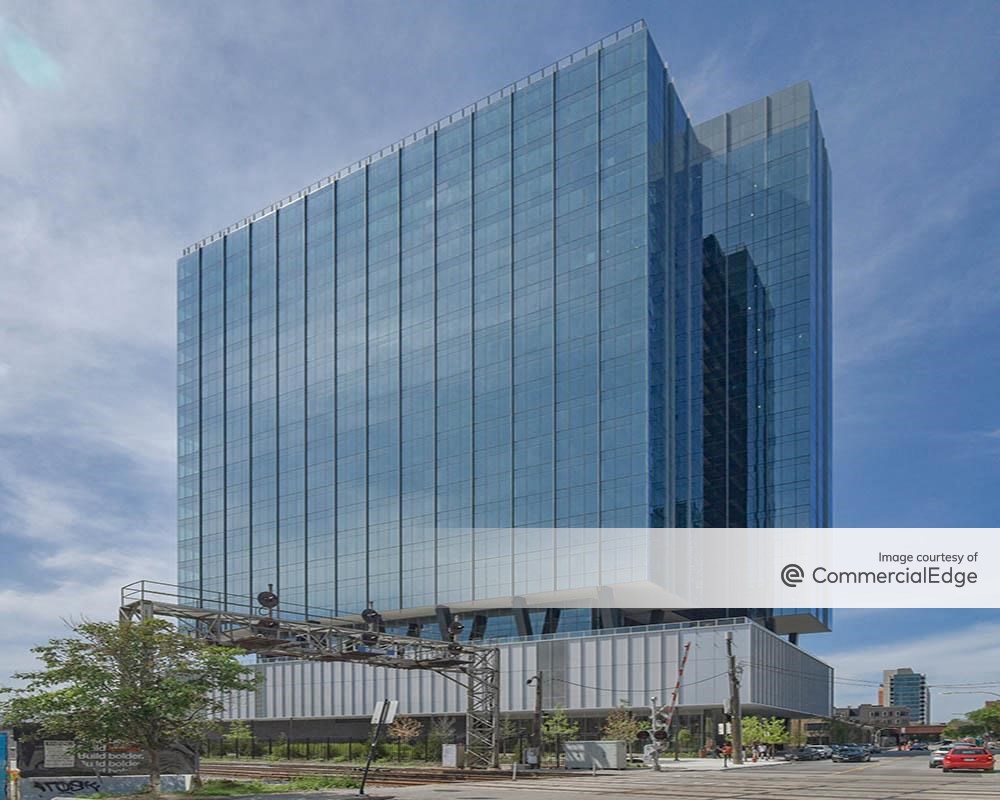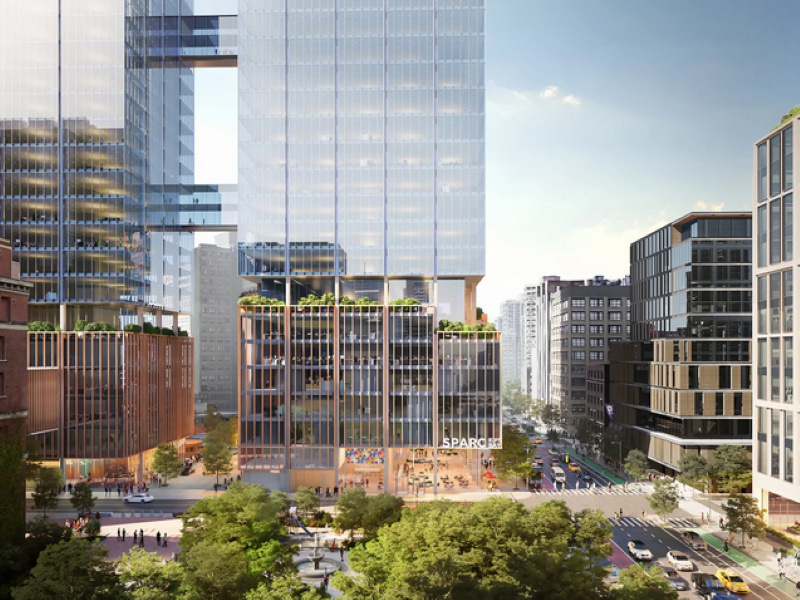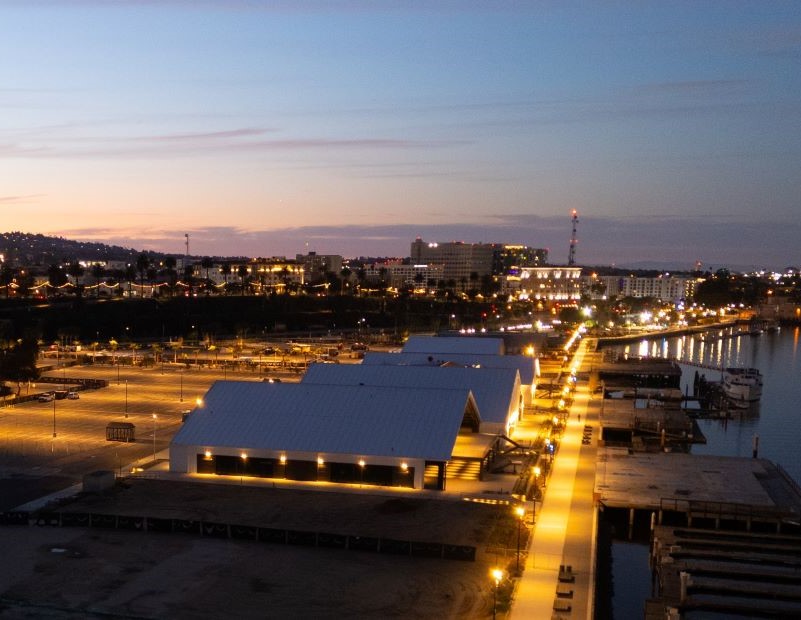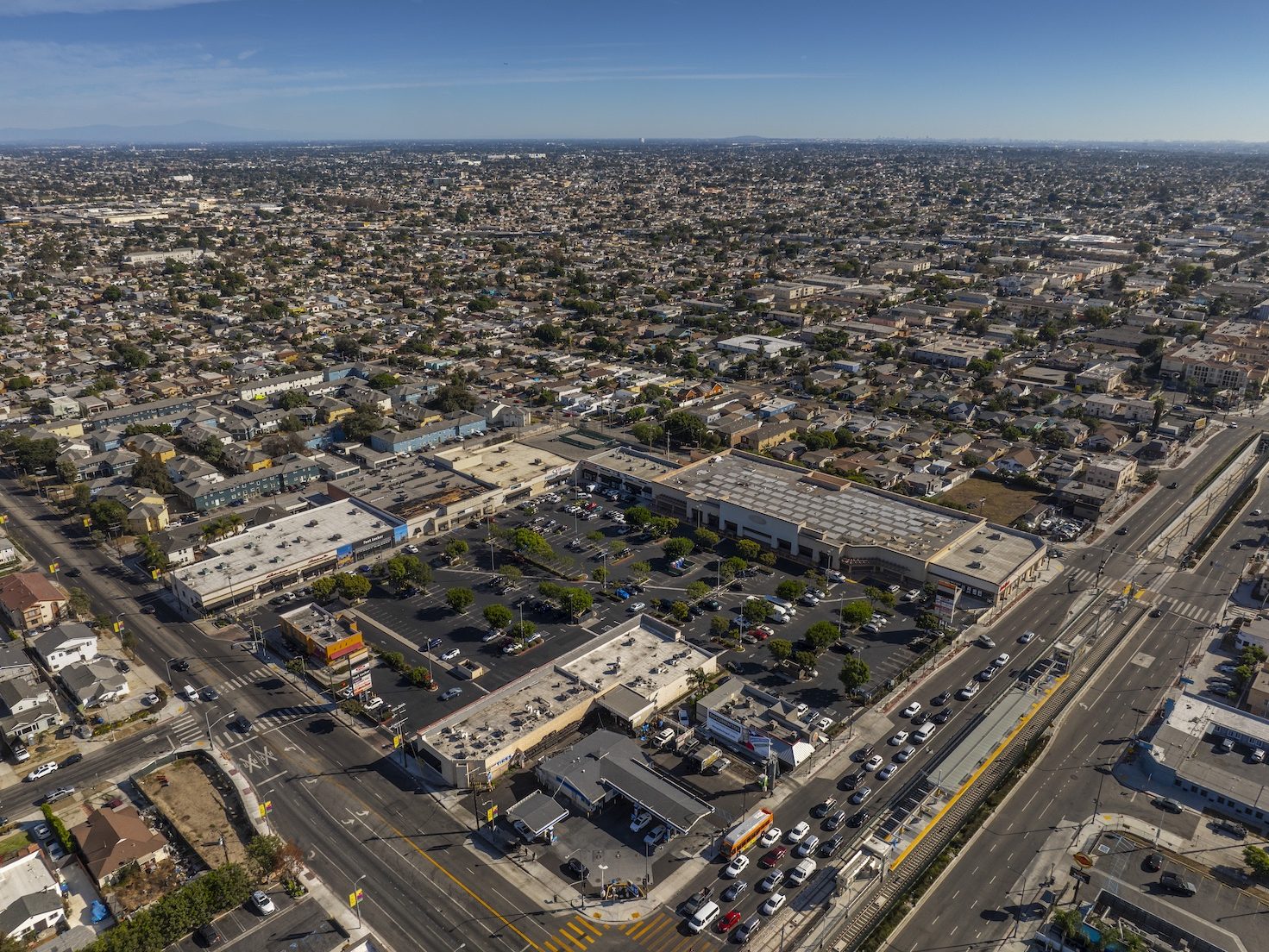Big Box Tenants—The Next Generation
The same qualities that turn these assets into eyesores when they're empty also hold the key to their revival. Creative repurposing is breathing new life into retail properties past their prime.
By Chris Roach

Chris Roach, BBG
When big boxes close, they leave behind a big hole.
Stand-alone stores surrounded by acres of parking leave an even bigger hole, along with the impression that the neighborhood is going downhill. Nobody wants to see that, but with thousands of big-box stores closing—from office supply and electronics chains to sporting and home goods stores—the holes left behind are like Swiss cheese.
But the same features that make big-box stores loom as eyesores when they stand empty, such as open floor plans, ample parking, and high visibility, also lend themselves to creative repurposing.
The past decade has seen no shortage of examples, varying from movie theaters and fitness centers to charter schools and medical facilities. Reincarnations of vacant Walmart properties, for example, include the largest single-story library in the U.S. and an indoor “action park” with go-karts, laser tag, and an aerial ropes course.
Retailtainment to the Rescue
In the past year, it has been suggested that “retailtainment” will breathe new life into defunct big-box properties. Entertainment companies make suitable new tenants because they require large footprints and parking fields, are internet-resistant and create synergies with nearby retailers and restaurants. Branded destinations like LEGOLAND, Dave & Buster’s, and Crayola Experience have been singled out as likely saviors.
Other uses emerging as repurposing options are call centers and distribution centers, as well as self-storage facilities. On the face of it, these tenant types aren’t as exciting as adult arcades, but both the self-storage and distribution-center sectors are hot right now and can legitimately transform these cavernous spaces.
In some communities, lower lease rates for long-shuttered properties mean nontraditional tenants can afford this type of real estate. Churches, charter schools, and flea markets are taking up occupancy where retail giants once reigned supreme.
With the hope of huge tax revenues slipping away, some areas are opting to transform derelict big-box spaces into what sociologists call “third places,” or meeting spaces outside of home and work where people build community. A civic center is a prime example of inclusive third-place repurposing.
Unpaving Paradise
As supply grows, some would argue that reuse proposals should stress, or at least take into consideration, sustainability issues. There’s nothing saying that new occupants of old big-box properties need to follow in the huge carbon footprints of previous tenants.
Densification is one approach that promotes sustainability while satisfying growing demand for urbanism. Where big-box stores or malls once stood, developers are building compact, walkable mixed-use villages.
Densification isn’t the ideal solution for every big hole left by a failed retailer, though. In some places, re-greening or restoring pockets of underperforming asphalt back to nature may be the way to go. This need not be a lost opportunity for developers. Case in point: Originally the site of wetlands, a shopping center outside Minneapolis was restored to its natural state, creating lakefront property, which then attracted private investment to the area—the first in over 40 years.
It’s possible, then, to boost the local ecology and economy at the same time, making whole what was once just a big, gaping hole.
Chris Roach is the CEO of BBG, a national commercial real estate valuation, consulting and assessment firm.







You must be logged in to post a comment.